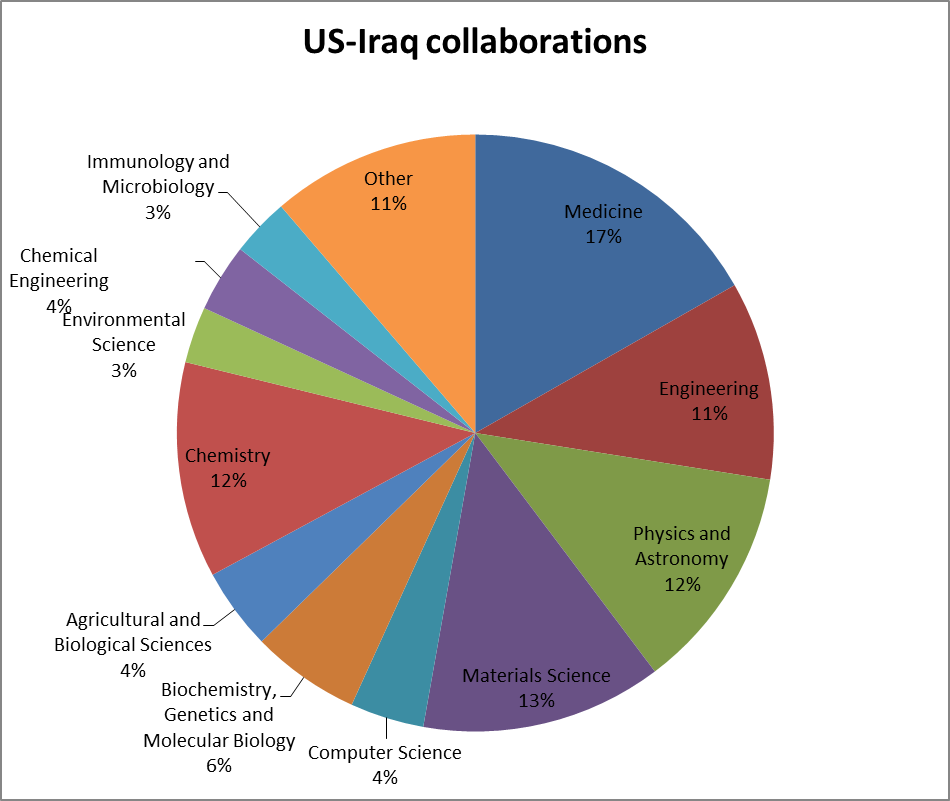Academics in the US have surprisingly close ties with their counterparts in some of the countries targeted by Donald Trump’s attempted travel ban, according to new data.
Iran, one of seven Muslim-majority countries singled out by the president in his executive order, is the US’ 36th closest collaborator in terms of publication volume.
Mr Trump signed an executive order on 30 January immediately barring immigrant and non-immigrant visitors from Iran, Iraq, Sudan, Syria, Yemen, Libya and Somalia. The executive order hit scholars and students, who were left in limbo.
The US Department of State lifted the ban on 6 February, and Mr Trump has been unable to reinstate it despite an appeal, which was rejected on 10 February.
Data produced by Elsevier's SciVal and Scopus reveal that collaborations between US academics and their counterparts in all the travel ban countries grew between 2011 and 2015.
|
Country |
US co-authored publications |
Co-authored publications growth (%) |
Citations per publication |
Field-weighted citation impact |
|
Iran |
8,821 |
61 |
11.5 |
1.84 |
|
Iraq |
553 |
300 |
10.3 |
2.42 |
|
Sudan |
248 |
40 |
43.4 |
6.36 |
|
Syrian Arab Republic |
195 |
33 |
16.8 |
3.86 |
|
Yemen |
141 |
29 |
15.3 |
3.91 |
|
Libyan Arab Jamahiriya |
113 |
139 |
19.7 |
5.38 |
|
Somalia |
18 |
50 |
14.1 |
4.37 |
Source: Elsevier's SciVal and Scopus. Data cover 2011-15
Academic networks between the US and Iran are by far the most productive in terms of outputs. US researchers co-authored 8,821 papers with Iranian scientists between 2011 and 2015. This is just 28 papers fewer than that produced by the link with US’ next closest collaborator, the Republic of Ireland.
Martin Edling Andersson, a senior product manager at Elsevier, said that this difference was so small that it could reflect the output of a few research groups. US-Iran collaborations are on the rise, too, with a 61 per cent increase in co-authored papers between 2011 and 2015.
The subject areas covered by US-Iran collaborations are diverse, with the proportion of co-authored engineering papers almost matching those from medicine, which usually dominates joint publications worldwide.

Papers co-authored by US and Iranian scientists are on average cited more often than those authored by researchers from each country alone.
The field-weighted citation impact for US-Iran co-authored papers is 1.84, compared with 1.46 for US-only authored papers and 0.84 for Iran-only authored papers. Field-weighted citation impact accounts for the differences in research behaviour across disciplines, and the world average is 1.0.
The same can be said for US co-authored papers with academics from Iraq. Joint US-Iraq papers score 2.42 for field-weighted citation impact, compared with 0.75 for Iraqi alone papers.
For US-Iraq collaborations, the subject areas of materials science, physics and astronomy, chemistry and engineering are particularly fruitful.

US and Iraqi researchers published 553 joint papers between 2011 and 2015, and co-publications increased by 300 per cent during this period. Iraq is the 90th closest collaborator of the US worldwide.
In Syria, where there were just 195 US co-authored papers published between 2011 and 2015, medical research is the most productive collaborative field. In many less developed countries, collaborative work in the area of medicine revolves around public health or aid work.

Joint US-Syrian publications have a field-weighted citation impact of 3.86 compared with 0.89 for Syria-only authored papers. However, it is important to note that the measure of field-weighted citation impact is an average and can become skewed by papers with particularly high or low citation counts when applied to a small number of publications.
Register to continue
Why register?
- Registration is free and only takes a moment
- Once registered, you can read 3 articles a month
- Sign up for our newsletter
Subscribe
Or subscribe for unlimited access to:
- Unlimited access to news, views, insights & reviews
- Digital editions
- Digital access to THE’s university and college rankings analysis
Already registered or a current subscriber?









